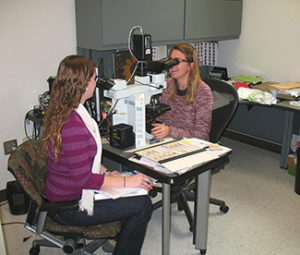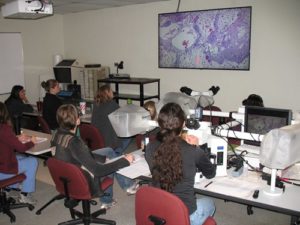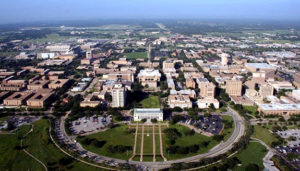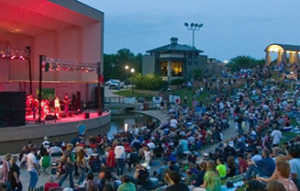The Program

The Department of Veterinary Pathobiology (VTPB) has a dynamic and successful pathology residency program. The program trains residents to become competent diagnostic pathologists and builds a foundation for graduate research training. The three-year program fulfills the eligibility requirements for the American College of Veterinary Pathologists (ACVP) certification examination, and the program has an outstanding record of trainees becoming ACVP diplomates.
The department supports residency positions in clinical pathology and anatomic pathology. The program consists of diagnostic service rotations, formal coursework, and various regular diagnostic and research seminars. The many diverse areas of faculty specialization within the department provide excellent opportunities for graduate study. The department provides diagnostic services in clinical, surgical, and necropsy pathology to the Veterinary Medical Teaching Hospital (VMTH). Residents obtain teaching experience by instructing veterinary students in the second-year pathology course (didactic lectures and laboratories) and fourth-year necropsy/clinical pathology rotations. Stipends and benefits are highly competitive with similar programs.

Residents are strongly encouraged to identify a Ph.D. research mentor and to begin working on a research project during the residency. Sources of post-residency Ph.D. stipend support include an NIH T32 institutional training grant. In addition to numerous research opportunities within the college, residents have the option of performing research at the School of Medicine and the Institute of Biosciences and Technology at the Texas Medical Center in Houston.
The College
The Texas A&M College of Veterinary Medicine & Biomedical Sciences (VMBS) consistently ranks among the top US veterinary schools. The student population includes over 500 professional DVM students and approximately 150 graduate students. Signature programs within the college include cardiovascular sciences, neurosciences, environmental medicine/toxicology, biodefense, and emerging infectious diseases, reproductive biology, and biomedical genomics. Research centers and institutes include the Institute for Infectious Animal Diseases, the Michael E. DeBakey Institute for Comparative Cardiovascular Science & Biomedical Devices, the Schubot Center for Avian Health, and the Center for Innovation in Advanced Development & Manufacturing.
The University

Texas A&M University is a land, space, and sea-grant-designated institution with over 50,000 students, 120 undergraduate degree programs, and 240 graduate degree programs. With over $800 million in annual research expenditures, Texas A&M is a major research university with a growing international focus. The school ranks among the top US universities in attracting international students, with more than 5,000 students from 125 countries. Texas A&M benefits from outstanding public and private support, with an endowment that ranks in the top ten among all U.S. universities (top five among public universities).
The Community

The Bryan / College Station area, population 250,000, offers a culturally diverse college-town atmosphere, a broad range of cultural and recreational opportunities, a relatively low cost of living, and mild winter temperatures. The area is situated between Houston, Austin, San Antonio, and Dallas/Fort Worth.
Further Information
For further information, contact Dr. Mary Nabity (Clinical Pathology) or Dr. Brian Porter (Anatomic Pathology). Residency position announcements are posted on the ACVP website Training Center.
The Texas A&M University System is an equal-opportunity employer.
